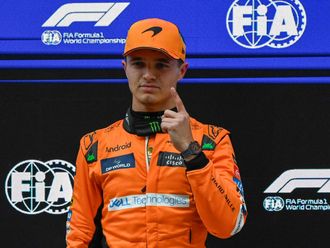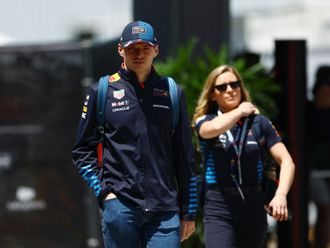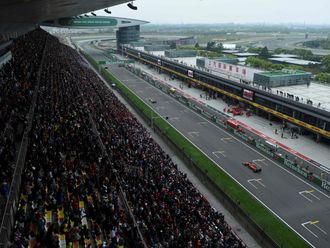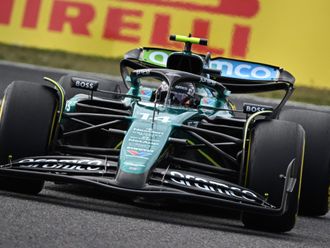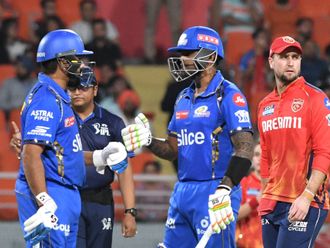London: The somewhat erratic machinations at the top level of management within Formula One took another surprising turn on Thursday, when the owner CVC announced the appointment of the former Ferrari chairman Luca di Montezemolo and the businessman Paul Walsh as non-executive directors on the board of the Formula One group, which runs the sport.
Bernie Ecclestone, F1’s chief executive, who stepped down from the board earlier in the year during his involvement in a bribery court case in Germany, revealed last week that he had retaken his position on the board on December 8.
At the time, Walsh, the highly succesful former chief executive of the drinks company Diageo, was understood to be being lined up to take over the role of executive chairman from the incumbent, Peter Brabeck-Letmathe, who is expected to stand down because of ill health.
The move was widely understood to signal the beginning of moves by Donald Mackenzie, CVC’s co-chairman, towards replacing Ecclestone.
Sources close to Walsh had said he was intending to rein Ecclestone in, assumed to be the start of a process that would have seen the 84-year-old, who has run F1 since 1978, retire from his position.
Ecclestone inevitably was not going to go quietly and the plan to bring in Walsh was first stalled last week. Then, on Tuesday, Walsh walked away from the position, reportedly because he was not confident he would have the backing of Mackenzie and CVC to take charge of F1 and of Ecclestone.
It was a blow to CVC.
Ecclestone, his role, his succession and F1’s finances are issues it is understood the group wished to address with a new chairman. However, it was rightly perceived as a victory for Ecclestone, who made it clear last week that he had no intention of leaving.
“I’m happy here as long as the board are happy,” he said. “When I think I can’t deliver any longer I shall retire but I’m not at that stage.”
It also suggested that Ecclestone still had enough power and influence over Mackenzie and CVC to thwart their choice of Walsh.
That Walsh has been appointed to the board, even in a non-executive role, suggests that CVC may not have entirely abandoned its plan for him to ultimately take over, but is proceeding in a more incremental fashion.
There are apparently straightforward enough business reasons for Di Montezemolo joining the board. He stepped down as president and chairman of Ferrari in September, a move that was expedited by his clash with the parent company Fiat Chrysler’s CEO, Sergio Marchionne, who now heads Ferrari, and his plans to float the company on the stock exchange.
Di Montezemolo has huge experience in F1, beginning as Enzo Ferrari’s assistant in 1973 and managed the team when Niki Lauda won his first two world championships in 1975 and 1977. He has had much success in business running Cinzano and managed the organising committee of the 1990 World Cup before he was made president of Ferrari in 1991.
However, despite these qualifications, his appointment is also intriguing given how close he and Ecclestone became during their time in F1.
On hearing of Di Montezemolo’s departure, Ecclestone noted: “His leaving is for me the same as Mr Enzo dying. He has become Ferrari. You see him, you see Ferrari. You don’t see anything else. You don’t see Luca.”
Di Montezemolo has served on the board as a representative of Ferrari but now he has no ties to the company and would likely be inclined towards favouring Ecclestone, suggesting that the appointments lean towards the will of both Ecclestone and CVC but leaving the advantage with the former, while the latter still has to address the question of who will take over as executive chairman.
— Guardian News & Media Ltd, 2014


